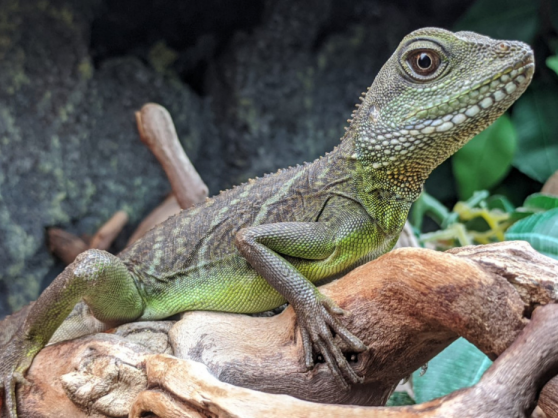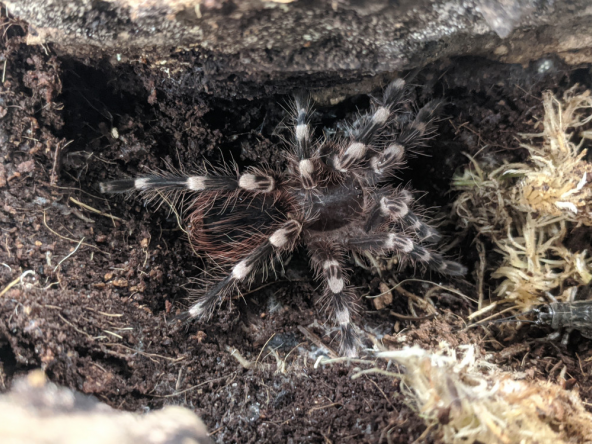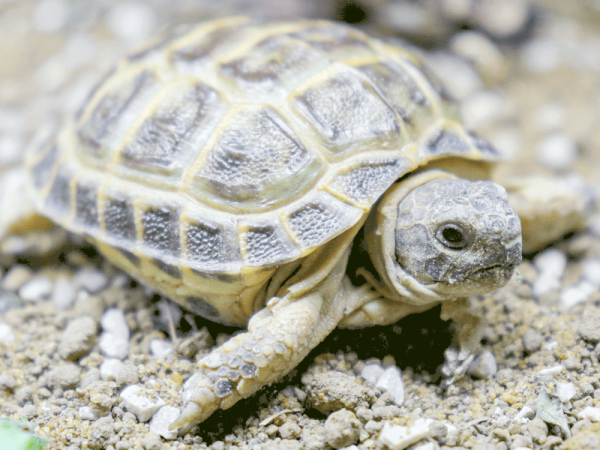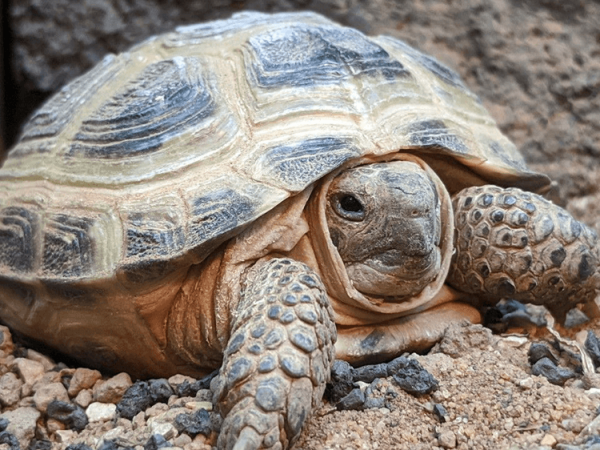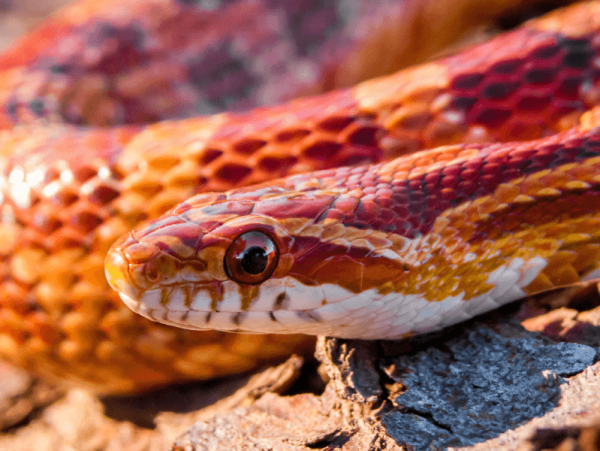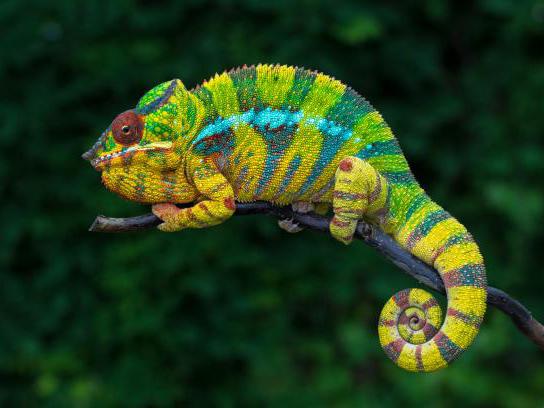Optional extras
Chinese water dragon, Physignathus cocincinus, care sheet
Categories: Care sheetsLizards
Chinese Water Dragons originate from Thailand, southern China, and the surrounding area. They can be handled, though tend to be skittish and will need taming, and feed on both vegetation and live insects. Although they are moderate in body size their tail adds a lot of length and they are very active, so require a large, arboreal enclosure that they can run around and actively climb in.
Housing
Chinese Water Dragons are an energetic pet and require a lot of space to move around. Choose a vivarium of at least 5 x 2 x 3ft or larger, giving them room to move both left and right, as well as climb up and down, like they would be doing naturally in the wild. As their name suggests, they are often found in and around water, so having a large pool, or a paludarium set up with water at the bottom is an important part of their welfare. This water should be changed daily to keep it fresh, as reptiles will often defecate in water, or ideally have a filtration system on it, keeping it clean and moving, meaning it is fresh and healthy for the Dragons at all times.
Heating and lighting
Water Dragons like hot temperatures of around 32 - 35C to bask in, dropping to around 15 - 20C overnight. They tend to bask within the foliage in branches, which is why an arboreal set up is so important. This arboreal basking will also mean that a bulb or ceramic will be necessary over other heat sources and should always be controlled by the relevant thermostat.
As well as their heat source, they will also require UV lighting, to ensure they are metabolising the right levels of calcium and other nutrients to support their bones, as well as essential organs in the body. The exact bulb will depend on the size of your enclosure, but a 6% T5 should be adequate, as long as the Dragon is basking within 30 - 40cm of the bulb. This should be used in a 12-hour cycle and will need replacing every 12 months to keep it adequate - but this may differ depending on the brand of bulb.
Humidity
Chinese Water Dragon enclosures should have quite high humidity of around 80%. This can be achieved by the use of misters or foggers, but having a large volume of water at the bottom, and using a good quality soil substrate, as well as live plants, will also all help to increase the humidity levels. Humidity should be monitored with a hygrometer, ideally a digital one for accuracy. By providing live plants, vines and branches, it will ensure the viv feels and looks like a naturalistic environment for your Water Dragon and provides good exercise and mental stimulation. Decor can also be moved around every now and then to make it even more interesting for your dragon.
Keeping them together
Though some Water Dragons can live together like two females, for example, there can often be conflicts between male-female pairs, and male-male pairs, so unless there is scope for an exceptionally large enclosure (up to double the above suggested) to combat these issues, they should be housed alone and will not miss the company.
Diet
Chinese Water Dragons should be fed on an insect-based diet containing things like crickets, locust, mealworms, cockroaches and occasionally pinkie mice. A small amount of fruit and vegetation can be offered, but it should only make up about 10% of their diet.
Species fact file
- Scientific name - Physignathus cocincinus
- Adult Expected Size - 24 - 30 Inches
- Habitat - Forest habitats, close to large bodies of water amongst trees and tall foliage. Semi-Arboreal living.
- Required Enclosure Size - 5 x 2 x 3ft at least
- UV Lighting - 3-4 UVI (6% T5 - 30 - 40cm from basking, 12% T5 40-60cm from basking)
- Expected Lifespan - 15-20 Years
- Temperature Gradient - 20 - 35C
- Humidity Levels - 70 - 80%
- Feeding - Omnivorous - feeding on veg occasionally, also occasional mouse pinky, but mainly live food such as crickets, locust, cockroaches, beetle grubs.
- Handling - Will require taming, usually skittish.
Jeremy Gay is an author, lifelong fishkeeper, and exotic pet specialist. He's a former editor of Practical Fishkeeping Magazine, UK editor at Reefbuilders, a former pet store manager, and has collected wildlife in Sri Lanka and the Amazon. He's been on tv and radio, contributed to Koi Carp and Gardeners World magazines, been a product tester, a judge, and a product developer.




